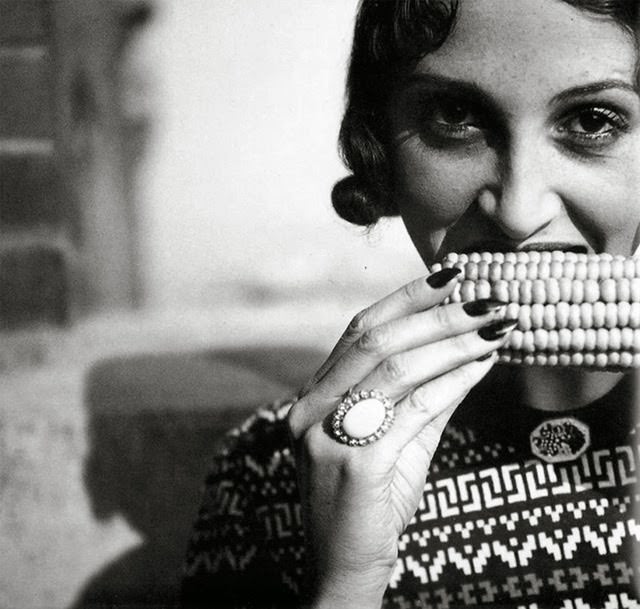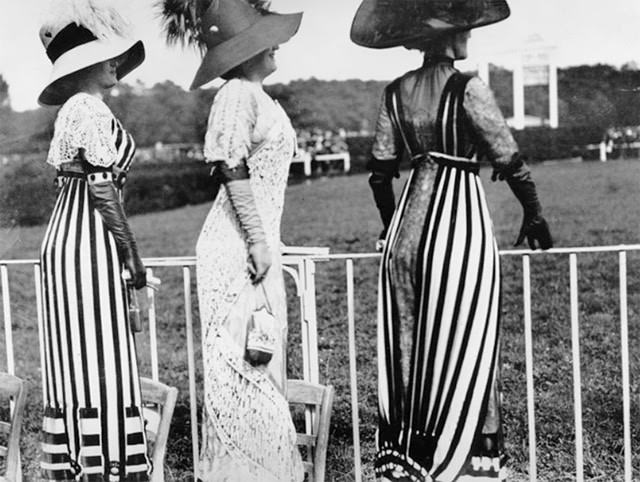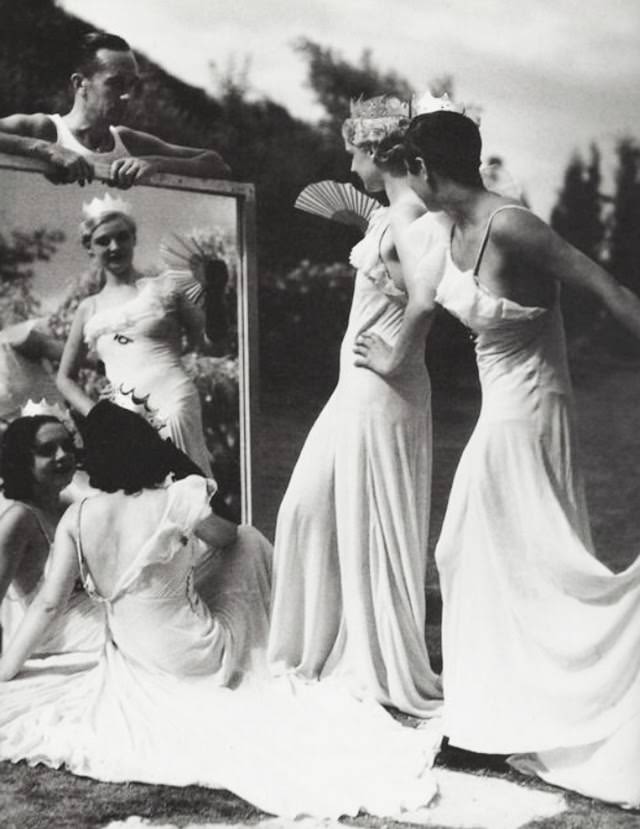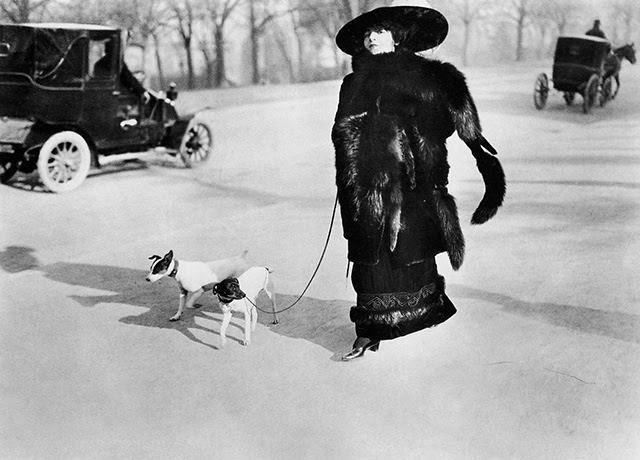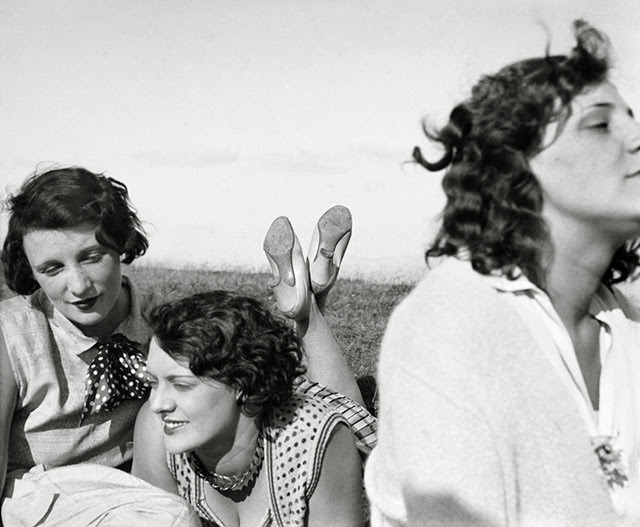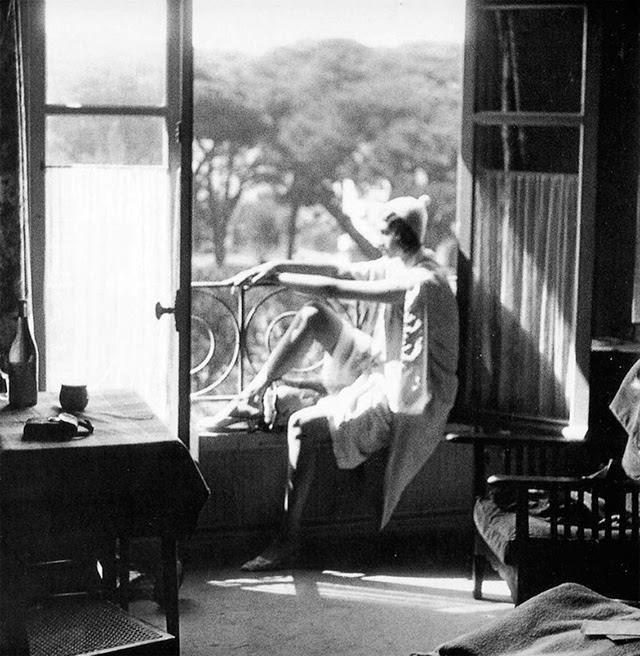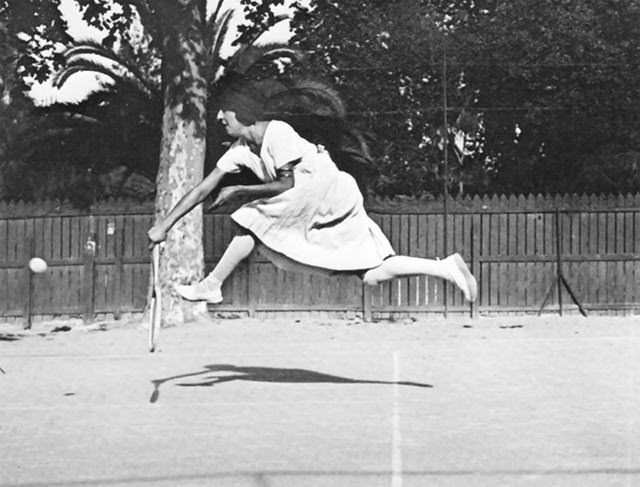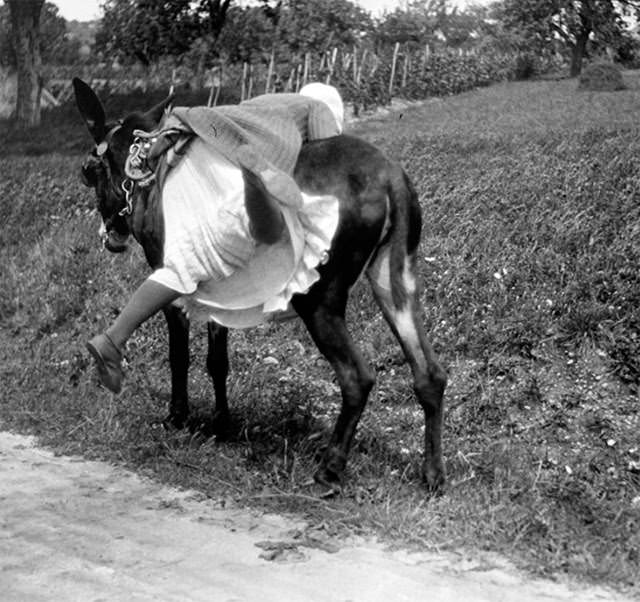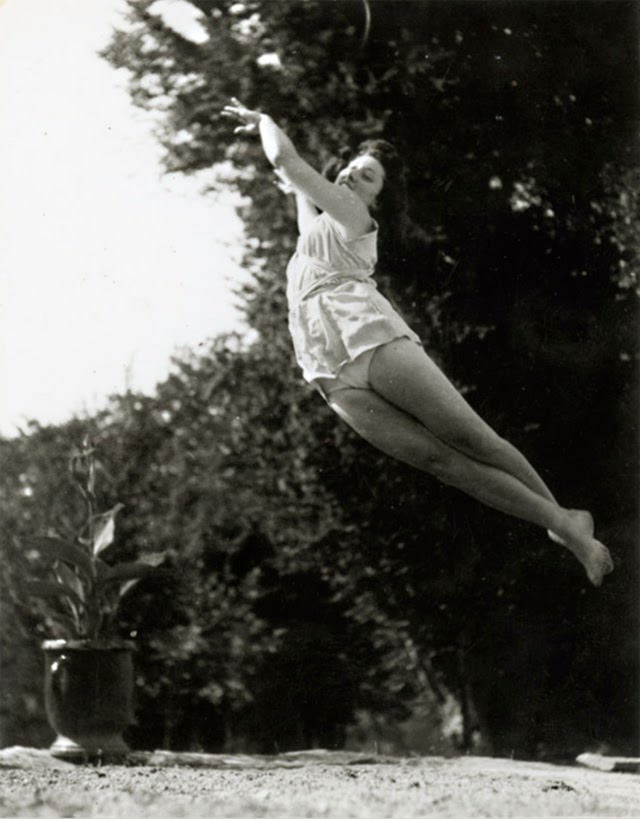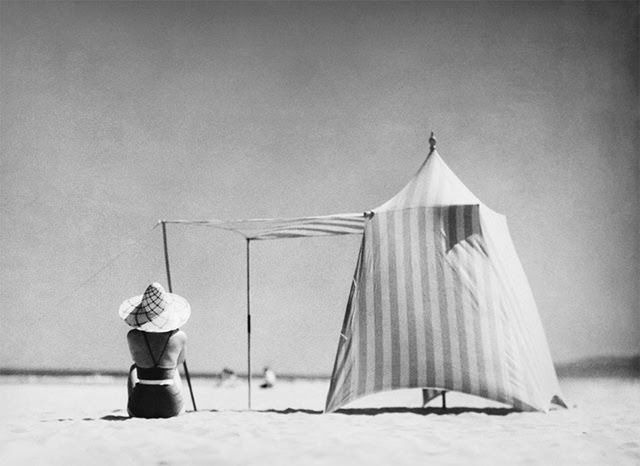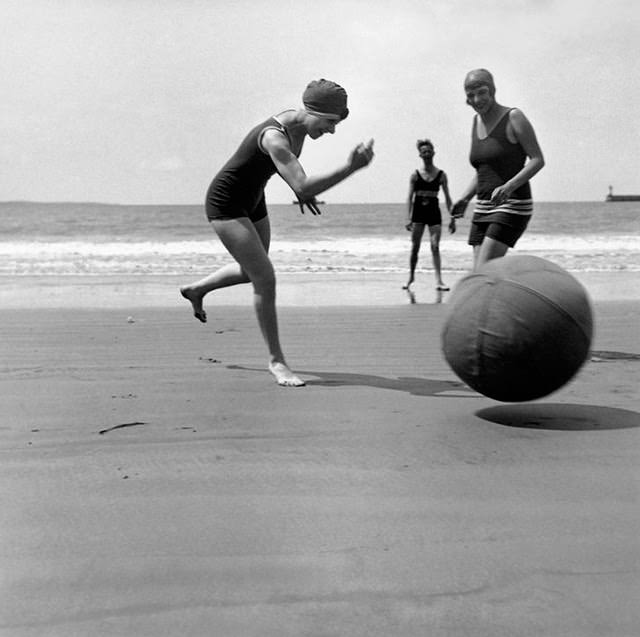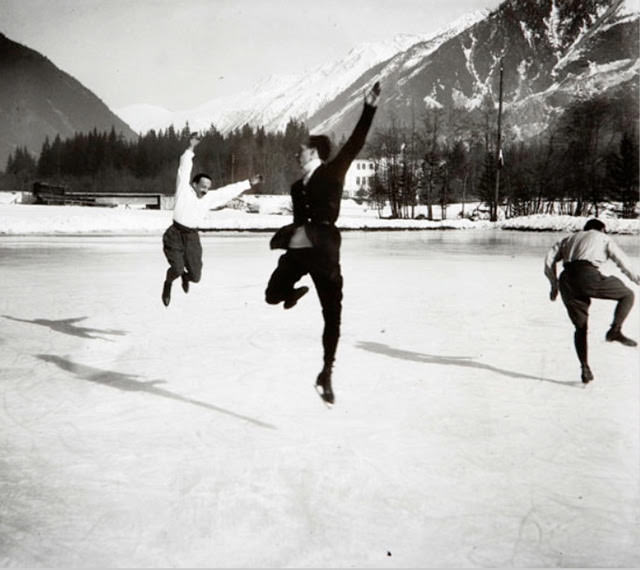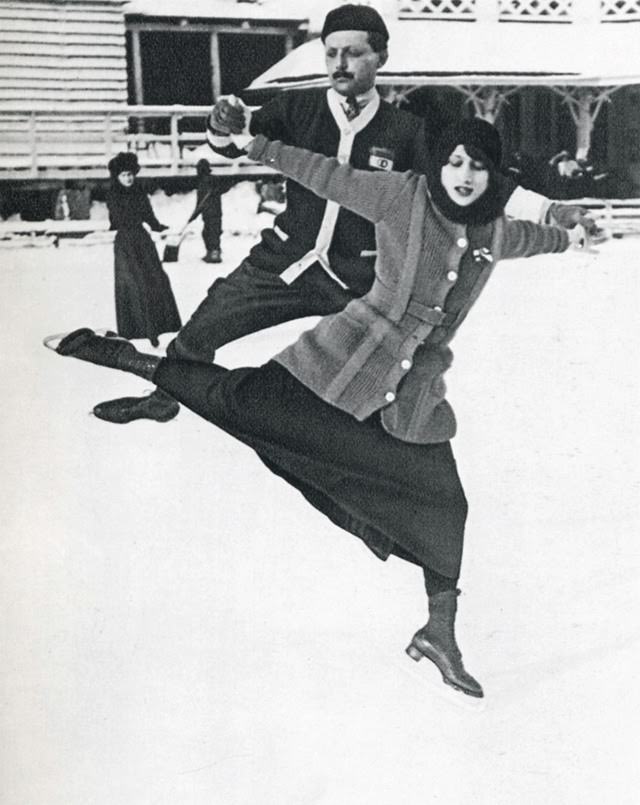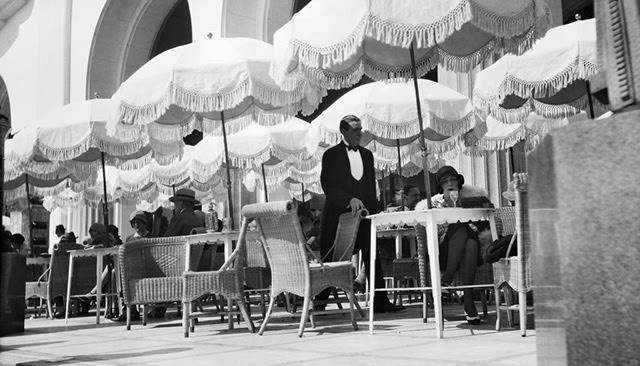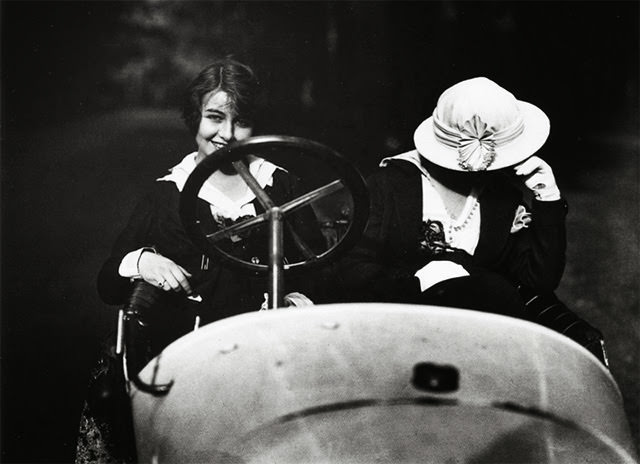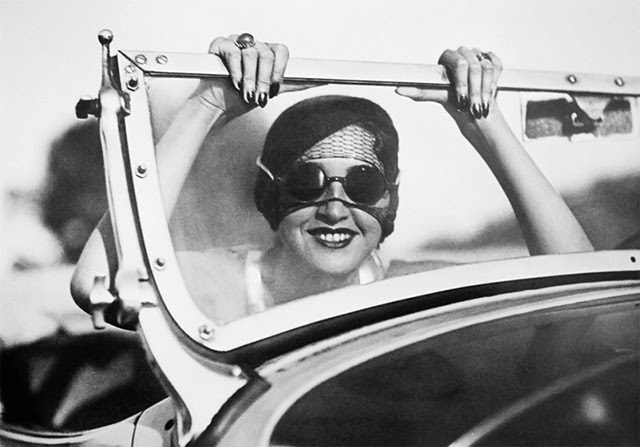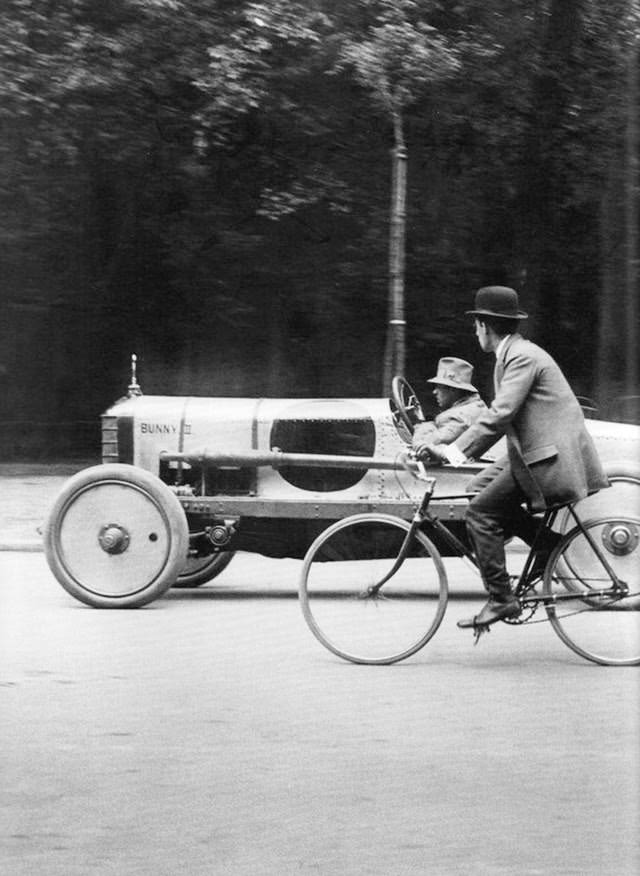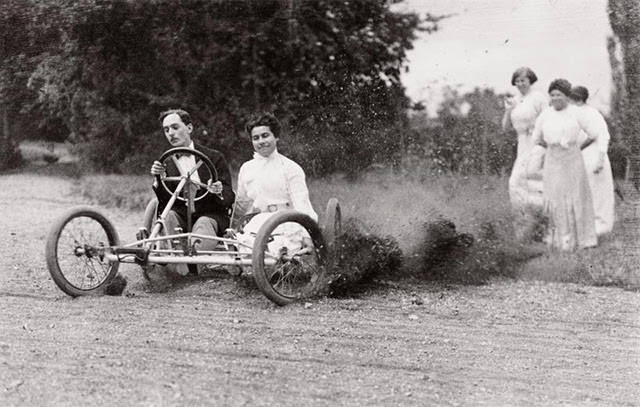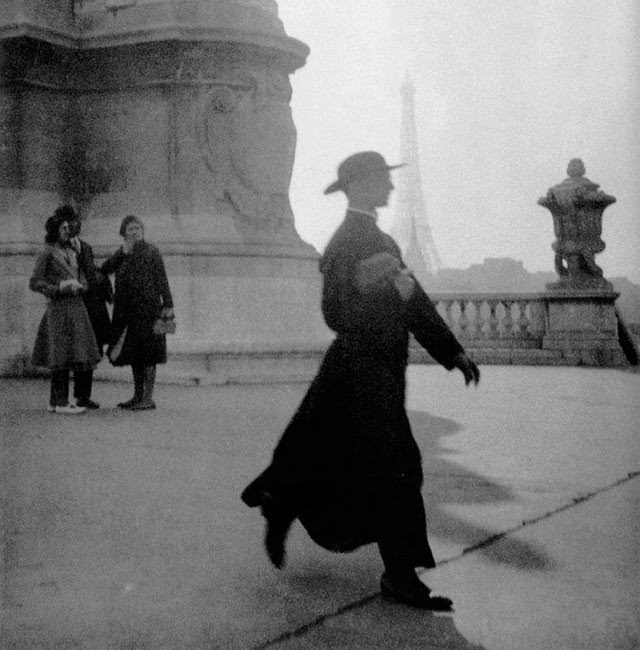In the early 1900s, a young boy named Jacques-Henri Lartigue began taking photographs that would create a unique record of life in Paris. Lartigue was born into a wealthy French family, and for his seventh birthday in 1901, his father gave him his first camera. He immediately began to document the world around him.
His earliest photographs captured the playful and carefree life of his family and friends. These were not stiff, formal portraits. Instead, Lartigue took candid pictures of people in motion. He photographed his brother Zissou leaping down stairs, his cousins dressed in costumes, and his family members attempting to fly in homemade gliders. His images were filled with energy and a sense of fun, often catching his subjects in mid-air or in the middle of a joyful activity.
As he grew into his teenage years and early adulthood, Lartigue’s camera became a constant companion on the streets of Paris and at the fashionable resorts of France. This was the Belle Époque, or “Beautiful Era,” a period of optimism and technological innovation in Europe before World War I. Lartigue was fascinated by motion and speed, two defining characteristics of the new century. He pointed his lens at the first automobiles, capturing the distorted, leaning shape of a race car as it sped past him in a famous 1912 photograph. He also photographed early airplanes taking flight and people diving into swimming pools.
Read more
Another of Lartigue’s favorite subjects was the fashionable high society of Paris. He would often go to the Bois de Boulogne, a large park in Paris, to photograph elegantly dressed women as they strolled along the avenues. His pictures from this time show women in elaborate, wide-brimmed hats, long dresses, and fur stoles, often walking their small dogs. His informal approach made these fashion photographs feel alive and spontaneous.
Lartigue worked mostly in black and white, but he also experimented with Autochrome, an early color photography process. The Autochrome plates, which used dyed potato starch to create color, produced images with a soft, painterly quality. This suited Lartigue, who considered himself a painter first. His color photographs from this period capture the vibrant hues of flower gardens, the dresses of society ladies, and intimate scenes of his family life.
Throughout the 1930s and 1940s, as Europe faced significant turmoil, Lartigue’s photography continued to focus on middle-class leisure. He took pictures of people skiing, relaxing at the beach, and enjoying sailing. His body of work from the first half of the 20th century presents a world of charm, movement, and personal joy.


